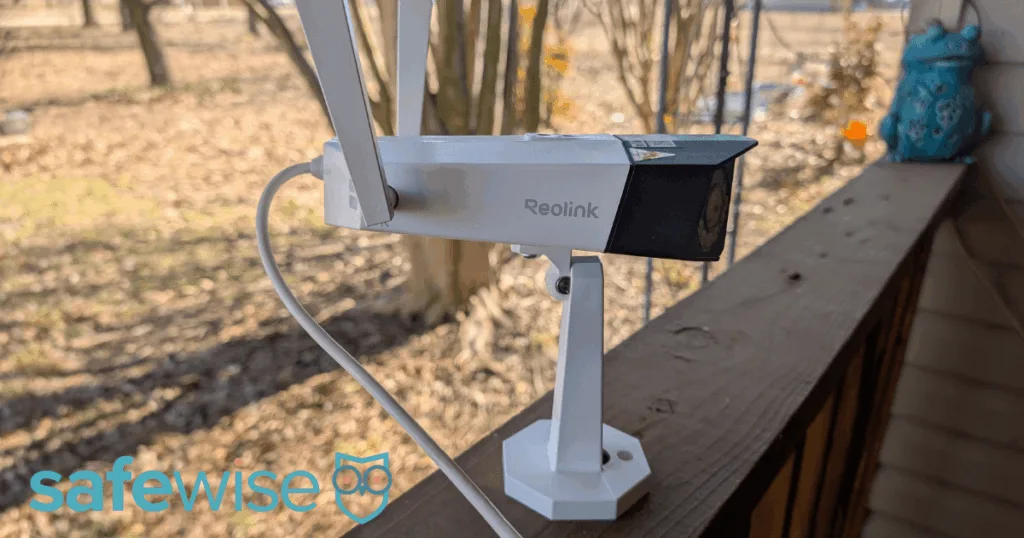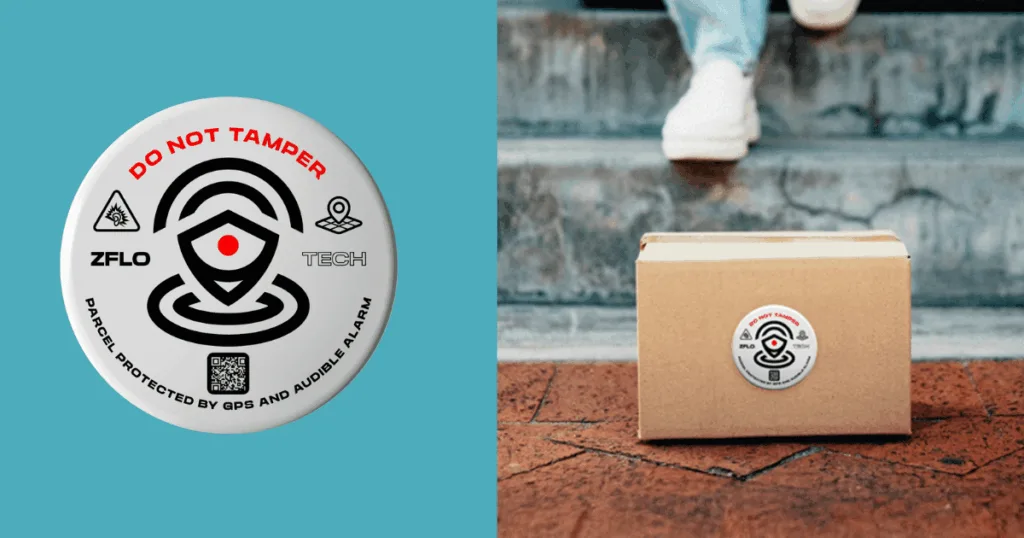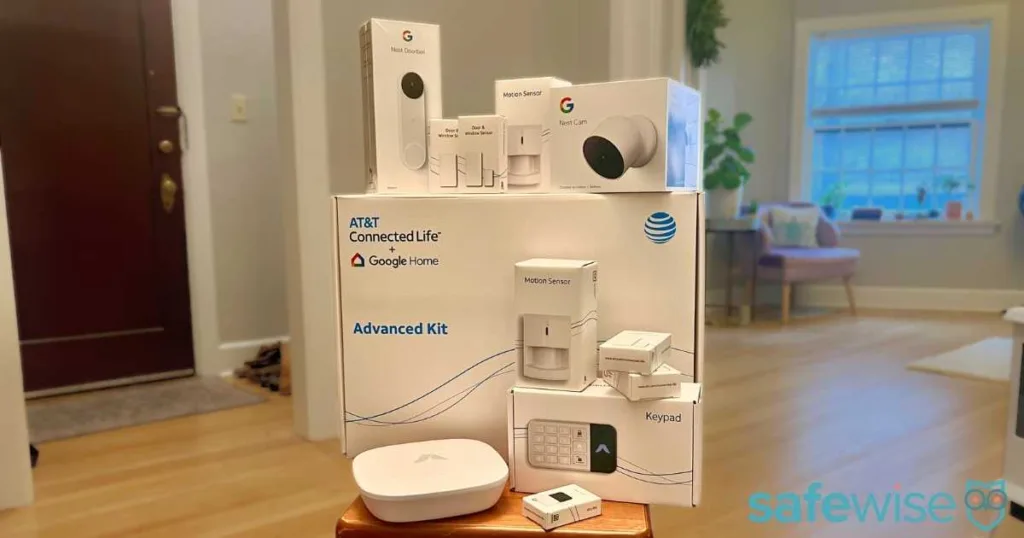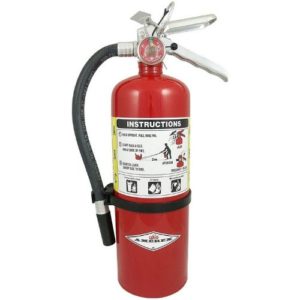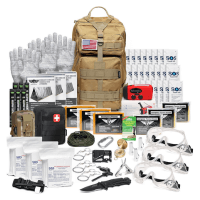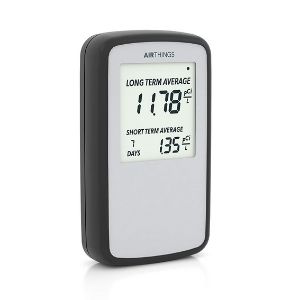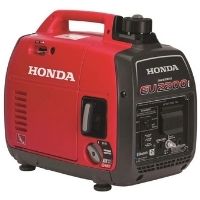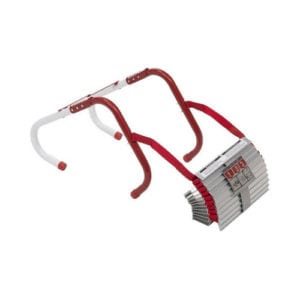Fires can strike whether you’re awake, asleep, at home, or away. It’s important to place smoke detectors throughout your house or apartment to catch danger wherever it may strike.
Where Should I Install Smoke Detectors and Fire Alarms?
For over 12 years, SafeWise has conducted independent research, hands-on testing, and expert consultations to provide trustworthy, human-written home safety advice. Read our methodology.
Fire Prevention Week is October 5-11, 2025. This year’s theme is “Charge into Fire Safety™: Lithium-Ion Batteries in Your Home." The campaign emphasizes three things when it comes to lithium-ion battery safety: Buy, Charge, and Recycle.
🔥 Charge into Fire Safety: 3 Easy Steps
1️⃣ Buy smart → Look for UL, ETL, or CSA safety marks.
2️⃣ Charge right → Use original cords, charge on hard surfaces, don’t overcharge.
3️⃣ Recycle safe → Never toss batteries—find a drop-off spot.
*Amazon.com price as of post date. Offers and availability may vary by location and are subject to change. Read full disclaimer.
Standard smoke alarms (you know the ones) emit loud beeping when they sense danger. Smart smoke alarms like Nest Protect can alert you of danger even when you aren’t home.
Where should smoke detectors be placed throughout your home? Good question. We've researched the best places to place a smoke detector or fire alarm to catch a fire before it spreads.
Where should smoke detectors be placed?
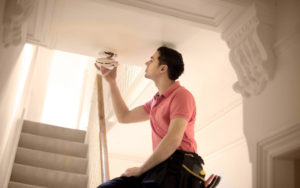
By signing up, you agree to our Terms and Conditions and Privacy Policy.
Each floor of your home
Every level of your home should have at least one smoke detector ready to go. Attics and basements should have a smoke alarm with fresh batteries as well.
For bedrooms on the top floor, keep a fire escape ladder handy so everyone upstairs can get out safely should a fire strike.
Living areas and large rooms
From the kitchen to the living room (especially if you have a fireplace), anywhere where your family gathers should have some level of protection. Because of leftover cooking grease, heat, and flammable materials like curtains and towels, your kitchen is the room most vulnerable to fire.
Learn what you should do if a fire starts in your home, and sit down with your family to create a fire emergency plan. Make it memorable for your little ones by physically practicing your fire drill.
Fire alarms and smoke detectors go a long way in preventing would-be fires. What about when a fire does creep in? Make sure to keep safety equipment like fire extinguishers on hand to stop a fire from spreading in your house.
Along with bedrooms and hallways, choose spots along your walls for the best protection. Smoke rises, so install smoke detectors within a foot of the ceiling.
Keep smoke detectors away from cooking appliances, windows, doors, air conditioning vents, and ducts. Drafts can interfere with the alarm's operation and leave you vulnerable to danger.
Smoke alarm types, installation, and maintenance
There are two main types of smoke alarms: ionization and photoelectric.
Ionization alarms can better detect invisible particles from flaming fires. Photoelectric alarms are better at detecting bigger fire particles, such as those from a slow, smoldering fire.
We recommend adding both types of smoke alarms to your home for maximum detection. Dual sensor smoke alarms combine ionization and photoelectric sensors into one powerful device.
Regardless of the type or brand of smoke alarm you pick, you’ll want to interconnect all your alarms so when one smoke alarm sounds, the other alarms will sound too. Many manufacturers offer interconnected smoke alarms which are easy to set up.
Be sure to test all the smoke alarms in your home once a month. When the battery runs low, replace it immediately. The best smoke detectors have a lifespan of around ten years, so be sure to replace the actual device once every decade.
Check out our resource for properly installing carbon monoxide alarms throughout your home. Or find a CO detector with our guide.
Related articles
Compare top home safety products
Amazon.com price as of post date. Offers and availability may vary by location and are subject to change. Read full disclaimer.
Google and Google Nest Secure are trademarks of Google LLC.
*Amazon.com price as of post date. Offers and availability may vary by location and are subject to change. Read full disclaimer.
Disclaimer
Product prices and availability are accurate as of the date/time indicated and are subject to change. Any price and availability information displayed on Amazon at the time of purchase will apply to the purchase of this product. Safewise.com utilizes paid Amazon links.
Certain content that appears on this site comes from Amazon. This content is provided “as is” and is subject to change or removal at any time.
Google, Google Nest Secure, [any other related Google Products] and other related marks are trademarks of Google LLC.
Recent Articles
